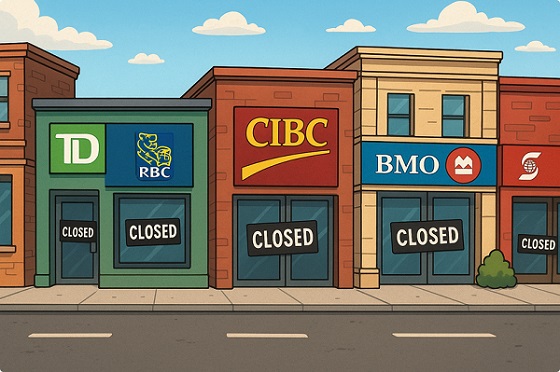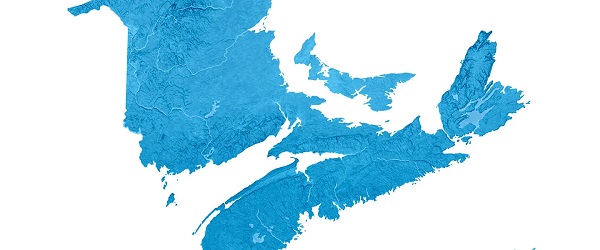Energy
Hydrogen is the most recent impractical green energy blind alley

From the Frontier Centre for Public Policy
By Ian Madsen
Climate Crisis alarmists tout yet another avenue by which renewable energy could replace reliable fossil fuel-sourced energy: hydrogen, ‘H2’. However, typical with alternative energy proposals, there are numerous problems with the widespread integration of this option in future energy production, distribution and consumption.
The first problem is producing H2. The current, and most cost-effective way, is from natural gas’s main component, methane. Natural gas, while not demonized like oil or coal, is still reviled by Climate activists, since the common byproduct is carbon dioxide, thus requiring expensive sequestration. An experimental carbon-removal process – pyrolysis, produces carbon nanotubes.
With methane out, the next hydrogen source is via electrolyzing water; using electricity to separate H2O into hydrogen and oxygen. The oxygen would either be recovered for commercial use or released into the atmosphere. However, hydrolysis is costly.
The equipment is expensive, and the energy required to produce the electricity is not cheap either – even if renewable energy sources, such as wind, solar and hydro, are used. There are predictions that H2 produced this way could become cost-competitive with methane-derived H2 by 2030, but using methane is not costless.
Indeed, advocates argue that intermittent wind and solar output would become reliable – ‘smoothed’ – by using hydrogen, as a storage and supply-levelling medium. The stored H2 would then generate electricity during dark or non-windy conditions. H2 has other uses, in smelting, or aluminum, steel, cement, glass and other high temperature industries.
Hydrogen seems feasible: it burns cleanly at a high temperature. However, that brings more issues.
The first problem is handling and transporting hydrogen. H2 dangerously weakens most standard high strength steel alloys in existing natural gas gathering and distribution systems, pipelines, storage and tank farms, in a process called hydrogen embrittlement. Hence, special alloys are needed. These cannot cost-effectively be retroactively deployed in existing natural gas distribution systems and pipelines. They would have to be entirely replaced, although these alloys are cheaper than legacy ones.
H2 has another problem. To be stored, must either be expensively cooled and pressurized to liquify it; or, if still gaseous, use expensive high pressure vessels. If H2 is not highly pressurized, then the vessels could be much larger, but that would increase materials costs and require more costly land area.
A reminder: natural gas goes from wellhead to customers with minimal storage. The goal of using renewables is to produce H2 for storage – and use during dark or calm periods – which could last days, as Texas and Germany discovered, disastrously.
Using H2 in transportation is impractical. H2 has low energy density, requiring, as noted, either highly-pressurized storage or expensive cooling, liquefaction and storage: unfeasible for motor vehicles. There is presently no H2 fuel distribution system. This would also have to be built, along with the aforesaid new pipelines.
Hundreds of billions of dollars are now invested in legacy natural gas pipelines, gathering and distribution systems. Replacing them, or building a parallel system, would be profoundly expensive, for no real gain.
Hydrogen makes no sense now; it may never do so, as it is an expensive redundancy. There are more details in a new Frontier Centre backgrounder “Why We Should be Skeptical of the Hydrogen Economy”.
Ian Madsen is the Senior Policy Analyst at the Frontier Centre for Public Policy.
Energy
A Breathtaking About-Face From The IEA On Oil Investments
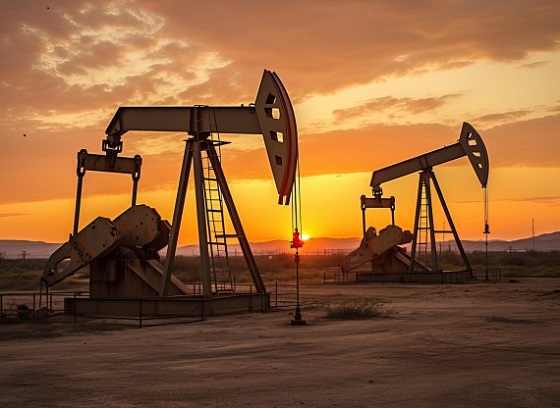

From the Daily Caller News Foundation
Surveying the landscape of significant energy news each morning is a daily exercise for any energy-focused writer. It’s hard to write competently about energy unless you have a grasp on current events in that realm.
On Tuesday, one story’s headline almost leapt off the page as I was engaging in that daily task. That headline atop a story at industry trade publication Upstream Online reads, “Oilfield decline will hasten without $540 billion annual investment, says IEA.” In support of that thesis, International Energy Agency chief Fatih Birol says in a statement that, “Decline rates are the elephant in the room for any discussion of investment needs in oil and gas, and our new analysis shows that they have accelerated in recent years.”
Oh, you don’t say.
To anyone familiar with the past pronouncements emanating from Mr. Birol and the IEA, this amounts to one of the most breathtakingly ironic about-faces ever seen. After all, it was only four years ago that Birol and his IEA analysts informed the world that new investments in exploration and development of additional crude oil resources were no longer needed or desired thanks to the glorious expansion of wind and solar capacity and electric vehicles that were destined to end the need to use oil and gas by the year 2050.
In May, 2021, the IEA published a report that urged every national government to immediately halt new investments in efforts to find and produce new reserves of oil, saying, “Beyond projects already committed as of 2021, there are no new oil and gas fields approved for development in our pathway, and no new coal mines or mine extensions are required. The unwavering policy focus on climate change in the net zero pathway results in a sharp decline in fossil fuel demand, meaning that the focus for oil and gas producers switches entirely to output – and emissions reductions – from the operation of existing assets.”
On Aug. 4 of that same year, Birol himself told a meeting of Catholic Church leaders that “there is no need to invest in oil, gas or coal.”
On Oct.14, 2021, Birol doubled down on that particular sophistry in a post on Twitter, with this claim: “There is a looming risk of more energy market turmoil. Oil & Gas spending has been depressed by price collapses in recent years. It’s geared toward a world of stagnant or falling demand.”
Of course, the problem with the IEA’s thesis then is the same as now: Demand for crude oil has been neither stagnant nor falling. It has in fact continued to rise apace with global economic expansion, continuing a trend that has characterized the industry’s growth path for well over a century now. Economic growth has always driven rising demand for oil, just as plentiful supply of oil at affordable prices drives further economic growth. It is and always has been a mutually sustaining relationship.
Finally, IEA appears to have reached a point at which it is willing to accede to this enduring reality.
In my previous piece here, I detailed the apparent move by Birol and the IEA to shift back to the agency’s original mission to serve as a provider of reliable, fact-based information about the global energy picture. It was a mission the agency consciously abandoned in 2022 in favor of serving as a cheerleader for an aspirational energy transition that isn’t really happening. That return to mission appears to have been motivated by Energy Secretary Chris Wright’s threat to pull U.S. funding from the Agency if it continued down this propaganda pathway.
The IEA report published on Tuesday finally acknowledges the troubling under-investment in exploration and development of new reserves that has plagued the industry for more than a decade now as banks and investment houses discriminated against investing in fossil fuel projects.
Regardless of the reasons behind this latest shift, it is encouraging to see the IEA once again living in the world as it exists rather than the fantasy realm advocated by the global political left.
David Blackmon is an energy writer and consultant based in Texas. He spent 40 years in the oil and gas business, where he specialized in public policy and communications.
Business
Ottawa’s so-called ‘Clean Fuel Standards’ cause more harm than good

From the Fraser Institute
To state the obvious, poorly-devised government policies can not only fail to provide benefits but can actually do more harm than good.
For example, the federal government’s so-called “Clean Fuel Regulations” (or CFRs) meant to promote the use of low-carbon emitting “biofuels” produced in Canada. The CFRs, which were enacted by the Trudeau government, went into effect in July 2023. The result? Higher domestic biofuel prices and increased dependence on the importation of biofuels from the United States.
Here’s how it works. The CFRs stipulate that commercial fuel producers (gasoline, diesel fuel) must use a certain share of “biofuels”—that is, ethanol, bio-diesel or similar non-fossil-fuel derived energetic chemicals in their final fuel product. Unfortunately, Canada’s biofuel producers are having trouble meeting this demand. According to a recent report, “Canada’s low carbon fuel industry is struggling,” which has led to an “influx of low-cost imports” into Canada, undermining the viability of domestic biofuel producers. As a result, “many biofuels projects—mostly renewable diesel and sustainable aviation fuel—have been paused or cancelled.”
Adding insult to injury, the CFRs are also economically costly to consumers. According to a 2023 report by the Parliamentary Budget Officer, “the cost to lower income households represents a larger share of their disposable income compared to higher income households. At the national level, in 2030, the cost of the Clean Fuel Regulations to households ranges from 0.62 per cent of disposable income (or $231) for lower income households to 0.35 per cent of disposable income (or $1,008) for higher income households.”
Moreover, “Relative to disposable income, the cost of the Clean Fuel Regulations to the average household in 2030 is the highest in Saskatchewan (0.87 per cent, or $1,117), Alberta (0.80 per cent, or $1,157) and Newfoundland and Labrador (0.80 per cent, or $850), reflecting the higher fossil fuel intensity of their economies. Meanwhile, relative to disposable income, the cost of the Clean Fuel Regulations to the average household in 2030 is the lowest in British Columbia (0.28 per cent, or $384).”
So, let’s review. A government mandate for the use of lower-carbon fuels has not only hurt fuel consumers, it has perversely driven sourcing of said lower-carbon fuels away from Canadian producers to lower-cost higher-volume U.S. producers. All this to the deficit of the Canadian economy, and the benefit of the American economy. That’s two perverse impacts in one piece of legislation.
Remember, the intended beneficiaries of most climate policies are usually portrayed as lower-income folks who will purportedly suffer the most from future climate change. The CFRs whack these people the hardest in their already-strained wallets. The CFRs were also—in theory—designed to stimulate Canada’s lower-carbon fuel industry to satisfy domestic demand by fuel producers. Instead, these producers are now looking to U.S. imports to comply with the CFRs, while Canadian lower-carbon fuel producers languish and fade away.
Poorly-devised government policies can do more harm than good. Clearly, Prime Minister Carney and his government should scrap these wrongheaded regulations and let gasoline and diesel producers produce fuel—responsibly, but as cheaply as possible—to meet market demand, for the benefit of Canadians and their families. A radical concept, I know.
-

 Business2 days ago
Business2 days agoRed tape is killing Canadian housing affordability
-

 Artificial Intelligence2 days ago
Artificial Intelligence2 days agoUK Police Chief Hails Facial Recognition, Outlines Drone and AI Policing Plans
-

 Health2 days ago
Health2 days agoMAiD should not be a response to depression
-

 2025 Federal Election2 days ago
2025 Federal Election2 days agoPost election report indicates Canadian elections are becoming harder to secure
-
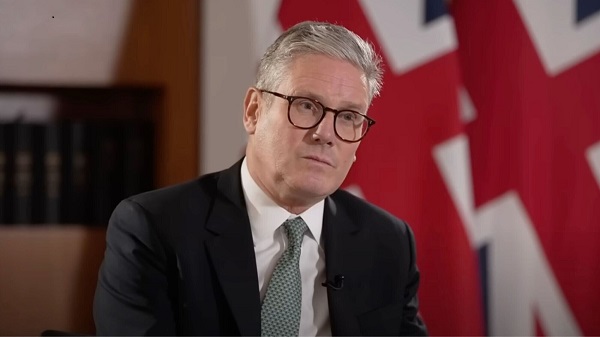
 International2 days ago
International2 days agoTrump to Confront Starmer Over UK Free Speech Laws During State Visit
-

 Duane Rolheiser2 days ago
Duane Rolheiser2 days agoUnite the Kingdom Rally: demonstrators take to the streets in historical numbers to demand end to mass migration in the UK
-
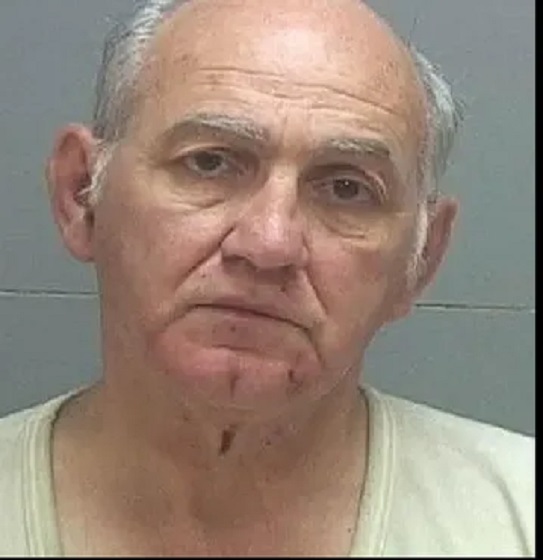
 Crime2 days ago
Crime2 days agoOlder man arrested at Kirk shooting admits to protecting real gunman
-

 MAiD2 days ago
MAiD2 days agoFamous Canadian children’s author Robert Munsch says he plans to die by euthanasia




